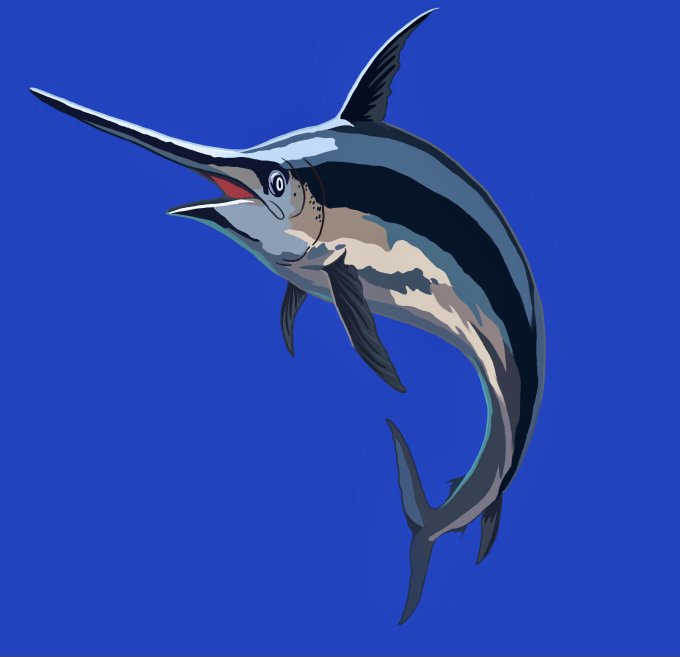Conger #eels (conger conger) are one of the largest types of eels in the world and can grow to a length of about 1.8 metres. Whilst conducting a project for my master I was able to capture in a video several conger eels, here an illustration and some pictures of them:
This is a #cuttlefish (Sepia officinalis). Cuttlefish have not one, not two, but three #hearts! And can give big hugs with their 8 arms and 2 tentacles 🐙 #cuddle fish #ocean #biodiversity
Today is #CowAppreciationDay !! Drawing of @beafattoamano done using @Procreate.
There are 13 tree #kangaroo species, many are at #risk due to habitat destruction and hunting. Tree kangaroos live in Papua New Guinea, Indonesia and Australia. They have adapted to life in the #trees, with shorter legs and stronger forelimbs for climbing. #procreate drawing✍️
The #leafy #seadragon (Phycodurus eques), is a #marine #fish in the family Syngnathidae. They can be found along the southern and western coasts of #Australia. The name is derived from leafy protrusions found all over their body. Their protrusions serve as #camouflage.
This is a #Picasso bug (Sphaerocoris annulus). It can be found in tropical and subtropical Africa. Its coloration helps to blend into surroundings of dying flowers and also serves as a warning. When #threatened, this bug can let off a vile smell and it is also #poisonous to eat.
Humans fear #sharks, which many consider to be man-eating creatures. When if fact, they kill only 10 people on average each year. Humans kill about the same amount of sharks every 4 seconds! These #animals are far from the monsters they are portrayed as. #Seaspiracy #conservation
There are now 41,415 species on the IUCN Red List, 16,306 of them are endangered. We have to #protectourspecies before it is too late. (These last 2 species are not endangered but are raising awareness and supporting the others).
**Not all these animals are oviparous**
This is an illustration of a #Swordfish (Xiphias gladius).
In the #Mediterranean populations have steeply declined by 70% since the1980s due to #overfishing.
#RedSiskin (Carduelis cucullata) are #endangered birds found in northern Venezuela and north Columbia. They are facing a very high risk of #extinction in the wild. The male is black and red while the female has duller colours.
@provita_ong, @GRegisteridis, @SaveRedSiskin

















